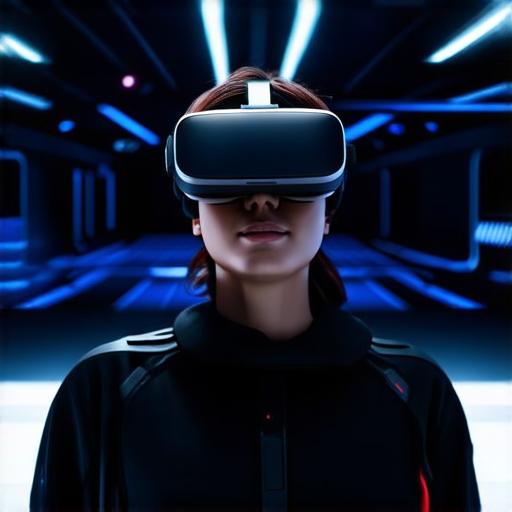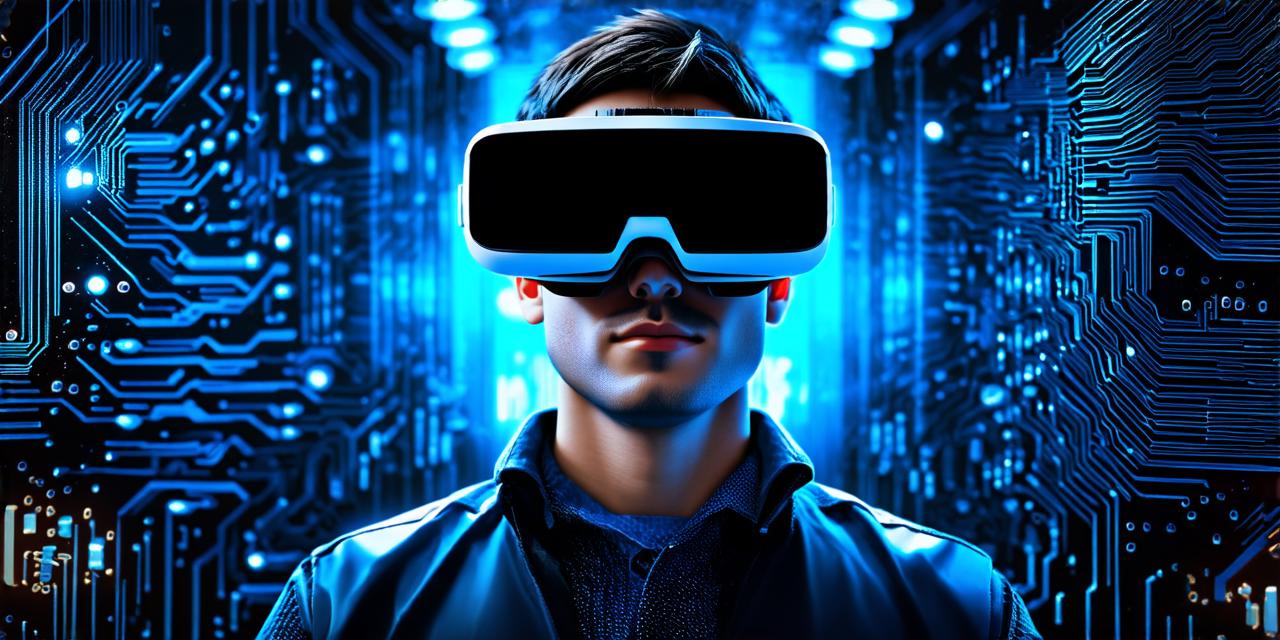Virtual reality (VR) is an immersive technology that has captured the imagination of people around the world. With VR, users can experience a virtual environment as if they were really there, and this has led to a wide range of applications across industries, from gaming to healthcare to education.
1. Understanding Your Target Audience
The first step in creating an engaging VR experience is to understand your target audience. Who are the people who will be using your VR application? What are their interests and motivations? By answering these questions, you can tailor your development process to create a VR experience that resonates with your users.
For example, if you’re creating a VR game, you might want to consider the age range of your target audience. Children may have different interests than adults, and their attention spans may be shorter. Similarly, if you’re creating a VR training program for healthcare workers, you might want to consider the level of expertise and experience of your target audience.
2. Creating an Immersive Environment
One of the key features of virtual reality is its ability to create an immersive environment that fully engages the user. To achieve this, developers need to focus on creating a realistic and interactive world that responds to the user’s actions.
This can be achieved through the use of 3D graphics, sound effects, and haptic feedback. For example, if you’re creating a VR training program for healthcare workers, you might want to include realistic simulations of medical procedures that provide tactile feedback to the user.

3. Providing Interactive Elements
Another way to enhance user engagement with virtual reality development experience is to provide interactive elements that allow users to actively participate in the VR environment.
This can be achieved through the use of motion controllers, which allow users to interact with virtual objects using hand gestures.
4. Incorporating Social Elements
Social interaction is an important aspect of human behavior, and incorporating social elements into your virtual reality development experience can help to enhance user engagement.
This can be achieved through the use of multiplayer mode in VR games or by creating shared VR environments that allow users to interact with each other in real-time.
5. Providing Feedback and Progress Tracking
Providing users with feedback on their performance and progress can help to enhance user engagement by giving them a sense of accomplishment and motivation.
This can be achieved through the use of analytics tools that track user behavior and provide real-time feedback on their performance.
